

Foreign currency in the 1960s

In the 1960s foreign exchange rates were fixed, but instead countries adjusted the rates from time to time. In 1967 Harold Wilson devalued the pound sterling against the US dollar from $2.80 to $2.40.
How far did the British pound go in the 1960s?
These are the exchange rates against a number of well-known currencies in 1964.
| Country | Currency | Exchange rate (1964) | Value in £sd |
|---|---|---|---|
| Australia (*) | £A | 1.25 | 16s |
| Austria | Schilling | 72.15 | 3½d |
| Belgium/Luxembourg | Franc | 138.6 | 1½d |
| Canada | Dollar | 3.00 | 6s 8d |
| Denmark | Kroner | 19.31 | 1s ½d |
| Egypt | Egyptian £ | 1.22 | 16s 5½d |
| France | Franc | 13.68 | 1s 5½d |
| East Germany | Ostmark | 6.22 | 3s 2½d |
| West Germany | Deutsch Mark | 11.11 | 1s 9½d |
| Greece | Drachma | 83.5 | 3d |
| Holland | Guilder | 10.04 | 2s |
| Israel | Israeli £ | 8.40 | 2s 4½d |
| Italy | Lira | 1745 | less than 1 farthing |
| Japan | Yen | 1001.75 | ¼d |
| Lebanon | Lebanese £ | 8.62 | 2s 4d |
| Norway | Kroner | 19.97 | 1s |
| South Africa | Rand | 2 | 10s |
| Spain | Peseta | 167 | 1½d |
| Sweden | Kroner | 14.34 | 1s 4½d |
| Switzerland | Franc | 12.08 | 1s 8d |
| Turkey | Turkish £ | 25.26 | 9½d |
| USA | Dollar | 2.795 | 7s 2d |
| USSR | Rouble | 2.52 | 7s 11d |
Source: Collins Unique Gem Reckoner, revised edition 1964
(*) Australia changed to Dollars in 1966 with one Australian Pound worth two Australian Dollars.
Countries which used the pound
The highest value currency unit in the world was the Sudanese pound which was worth £1 6d. It was divided into 100 piastres or 1000 milliemes. Today 1 Sudanese pound is worth 4p.
Several other countries used the pound as their currency, but did not use shillings and pence. These countries used the same value pound as the UK
- Ghana - divided into shillings and pence as the UK
- Cyprus - pound divided into 1000 mils
- Ireland - divided into shillings and pence as the UK
- Iraq - pound of 1000 fils
- Jamaica - divided into shillings and pence as the UK
- Jordan - pound of 1000 fils
- Kuwait - pound of 1000 fils
- Libya - pound of 100 piastres or 1000 milliemes
- Rhodesia and Nyasaland - divided into shillings and pence as the UK
Source: Whitaker's Almanack, 1964
Other countries used the pound, but with different exchange rates.
- Australian pound (£A) divided into shillings and pence, but worth 16s
- New Zealand pound (£NZ) divided into shillings and pence, but worth 19s 10d
- Lebanese pound divided into 100 piastres, but worth only 2s 3¼d
Source: Whitaker's Almanack, 1964
Lowest value currencies
In 1964 all these currencies were worth less than a UK shilling (12d or 5p in decimal):
| Country | Currency | Value in £sd |
|---|---|---|
| Italy | Lira | less than less than ¼d |
| Argentina | Peso | ¾d |
| Persia (Iran) | Rial | 1d |
| Congo | Franc | 1¼d |
| Spain | Pesata | 1½d |
| Albania | Lek | 1¾d |
| Belgium/Luxemburg | Franc | 1¾d |
| Iceland | Krona | 2d |
| Indonesia | Rupiah | 2d |
| Cambodia | Riel | 2½d |
| South Vietnam | Piastre | 2½d |
| Greece | Drachma | 3d |
| Portugal | Escudo | 3d |
| Peru | Sol | 3d |
| Austria | Schilling | 3¼d |
| Ecuador | Sucre | 4d |
| Thailand | Baht | 4d |
| Uraguay | Peso | 5¼d |
| Mexico | Peso | 6d |
| Paraguay | Guarani | 7d |
| Hungary | Forint | 7¼d |
| Columbia | Peso | 8½d |
| Nepal | Rupee | 11¼d |
| Yugoslavia | Dinar | 11½d |
Source: Whitaker's Almanack, 1964
Article by Steven Braggs, August 2018

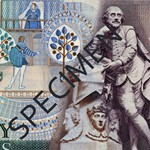

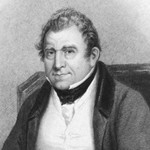


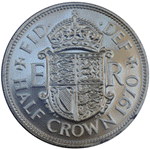

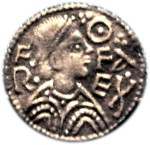
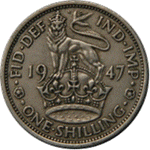

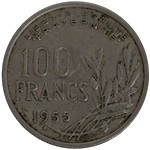


Comments